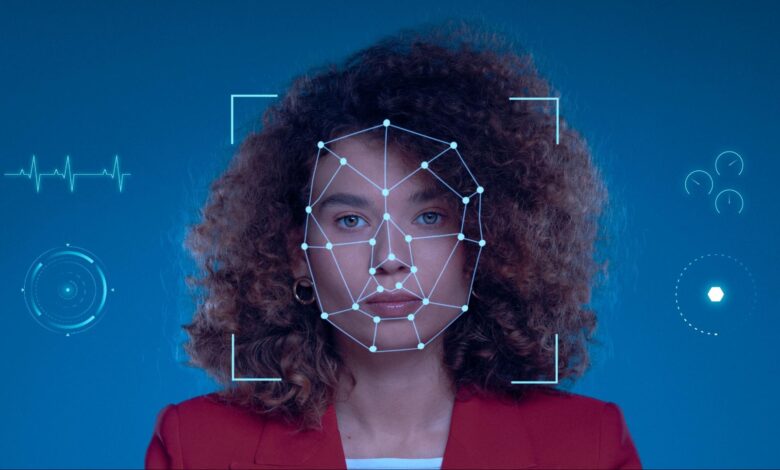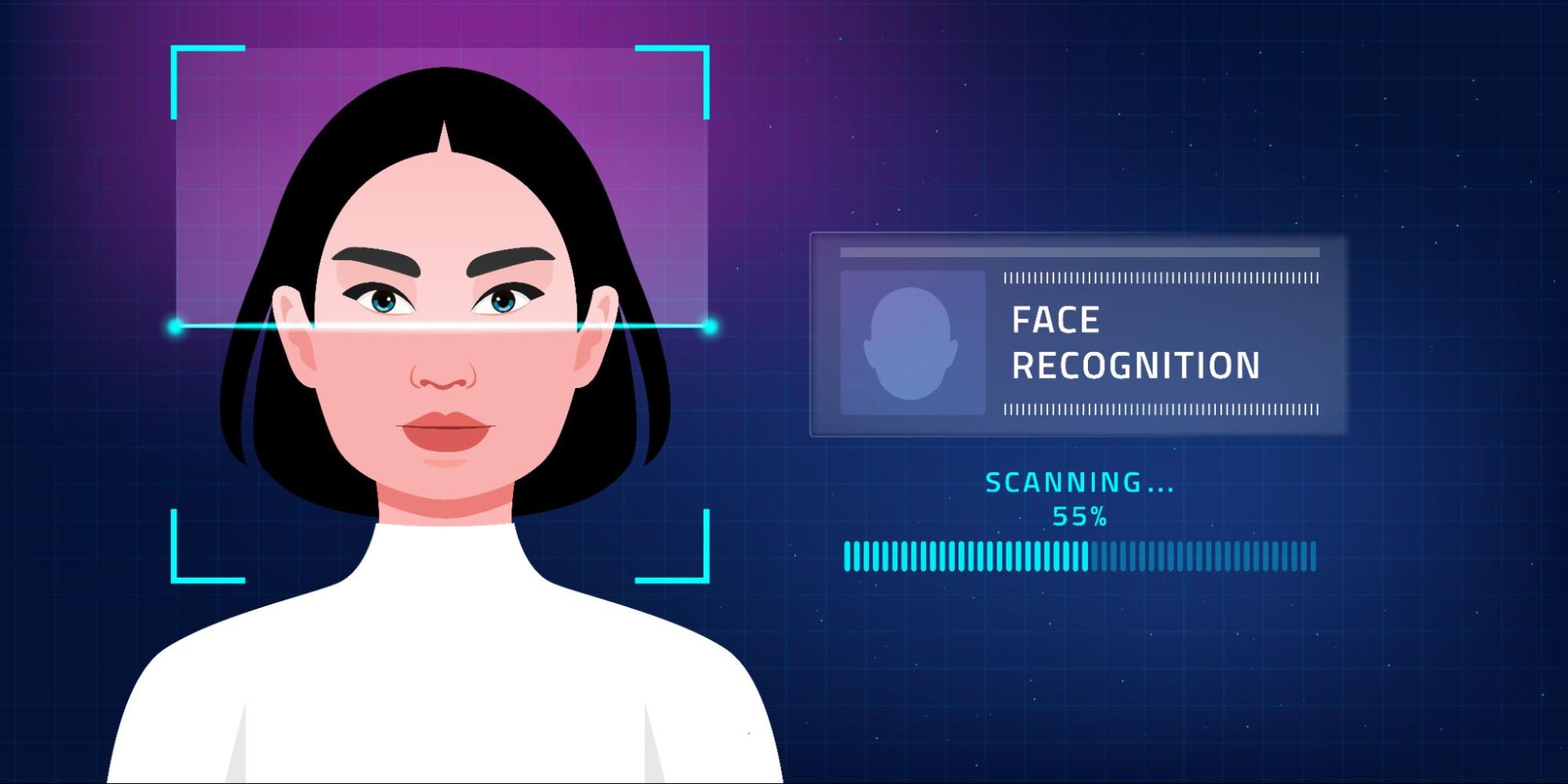
Introduction
Mobile App Anti-Spoofing is becoming increasingly necessary as facial recognition becomes the norm for mobile security and authentication. Convenient and fast, but also vulnerable to sophisticated attacks like photo attacks, replay attacks, deepfakes, and 3D masks. With the rise of biometrics, app developers need to add anti-spoofing to their apps to protect users and prevent identity impersonation. This guide covers the key concepts that developers should know, from spoofing attack mechanisms to implementation strategies, tools, datasets, and emerging trends. Whether you’re building a fintech platform, a health app, or a government identity system, this article will give you the knowledge to boost security with facial anti-spoofing.
What is Facial Spoofing: The Threat Landscape
Facial spoofing is when fraudulent attempts are made to bypass face recognition by presenting fake or non-live facial inputs to the camera. These attacks range from simple to highly sophisticated. Common spoofing techniques are:
- Printed photo attacks: Using a high-quality printed image of the target’s face. Basic but can still fool simple systems.
- Replay attacks: Playing a recorded video of the person on another device. The movement in the video can trick systems that only look for simple motion.
- 3D mask attacks: Wearing a physical mask that mimics the person’s features. These can be made from silicone or other materials to create a convincing replica.
- Deepfake attacks: Using AI-generated video or images to simulate a person in real time. The increasing sophistication and accessibility of deepfake technology make this one of the most pressing threats, as it can mimic liveness cues like blinking and subtle expressions.
To train and evaluate anti-spoofing systems, researchers rely on datasets that simulate real-world attacks. The iBeta 1 dataset is a trusted benchmark in this space, widely used to assess how well facial recognition models can detect common spoofing techniques. It contains diverse samples of level 1 video attacks, such as print and replay scenarios, captured under standardized conditions. iBeta 1 helps developers evaluate the effectiveness of liveness detection systems in compliance with industry standards, supporting advancements in secure biometric authentication.
IBeta 1 was developed to test the effectiveness of facial recognition systems against level 1 spoofing threats, providing a benchmark for compliance with industry standards such as ISO/IEC 30107. By using datasets like this, developers can ensure their liveness detection models are more robust, accurate, and ready for deployment in security-sensitive applications like banking, access control, and identity verification.
Liveness Detection: Active vs. Passive
The foundation of anti-spoofing is liveness detection – verifying that the biometric input comes from a live person, not an artifact. Systems validated by iBeta Quality Assurance often combine both.
- Passive liveness detection: Uses computer vision and AI to analyze facial texture, light reflection, and motion without requiring user input. Ideal for a seamless user experience.
- Active liveness detection: Asks the user to blink, smile, turn their head, or follow on-screen prompts. This method provides a stronger signal but may reduce user convenience.
How Anti-Spoofing Works: Key Techniques

a. Texture Analysis
Printed images and digital replays lack the fine skin texture present in live faces. Convolutional Neural Networks (CNNs) trained on spoofing datasets can distinguish between live and spoof inputs based on micro-texture, pores, and subtle surface patterns. Advanced systems also analyze how light reflects and scatters across the skin, a characteristic that is difficult to replicate with a 2D image.
b. Depth Detection
Many modern smartphones have infrared sensors or dual cameras that help estimate 3D depth. These allow the system to detect if the face presented has actual contours or is flat (like a photo). Time-of-flight (ToF) sensors, which measure the time it takes for a light signal to bounce back, are becoming more common and provide a more accurate depth map than earlier structured light systems.
c. Motion and Blink Detection
Motion analysis involves detecting involuntary movements like blinking, slight facial expressions, and even the subtle pulsing of blood vessels under the skin. These are extremely difficult to simulate accurately using photos or videos.
d. AI & Machine Learning
Deep learning models trained on vast datasets like CASIA-FASD or iBeta 1 learn to differentiate between genuine and spoofing attempts. These models improve over time with more data and can be trained to recognize new and emerging attack vectors.
Tools and SDKs for Anti-Spoofing Implementation
There are several SDKs and tools that developers can use to implement anti-spoofing in their mobile apps.
| FaceTec | Offers 3D liveness detection with NIST/iBeta Level 1 certification. |
| iProov | Provides passive liveness detection using its proprietary Flashmark technology, which uses colored illumination to verify liveness. |
| Microsoft Azure Face API | Includes optional liveness features that can be integrated into a larger cloud-based architecture. |
| OpenCV + TensorFlow/PyTorch | For custom in-house solutions using open-source ML libraries. This approach offers the most flexibility but requires significant expertise. |
When choosing a tool, consider the trade-off between cloud-based (more powerful but with more latency and privacy concerns) and on-device (faster and more private).
UX vs. Security: Finding the Balance
Too much friction in authentication will frustrate users, but too little security will lead to breaches. Here are some best practices:
- Use passive checks during login for speed and active prompts during high-risk transactions.
- Offer fallback methods (e.g. PIN or 2FA) if liveness fails.
- Be transparent about why certain actions (like blinking) are required.
The goal is to build a secure system that doesn’t feel like a burden.
Privacy, Compliance and Ethics
Handling biometric data comes with regulatory and ethical responsibilities:
- GDPR and CCPA mandate informed consent and data control. See GDPR Art. 9 on biometric data.
- Store templates locally or encrypt data at rest and in transit.
- Allow users to opt out and delete their facial data.
- Be transparent about how data is used.
Ethical AI means avoiding racial, gender, and age biases in model training. Always test models on diverse demographic groups.
Performance Optimization for Mobile Devices
Running real-time anti-spoofing on mobile devices requires performance optimization:
- Use lightweight models (e.g. MobileNet) converted to CoreML or TensorFlow Lite.
- Run detection asynchronously to minimize delay.
- Benchmark on various devices, especially older hardware.
- Ensure battery and thermal impact is minimal.
Testing and Evaluation
Before launch, test extensively:
- Simulate spoofing attacks using printed images, videos, and masks.
- Measure FAR and FRR.
- Use standard benchmarks like CASIA-FASD and iBeta to validate models.
- A/B test to fine-tune thresholds.
Field testing with real users in different lighting and angles is as important as lab testing.
The Future of Anti-Spoofing in Mobile
Several innovations are set to define the next phase of anti-spoofing:
- Real-time Deepfakes
Deepfakes will get better, and so will the detection models. More advanced real-time analysis of subtle artifacts in AI-generated video will be required.
- Multimodal Biometrics
Face + voice + fingerprint + behavioral cues (e.g. how you hold your phone) = stronger and more secure authentication.
- Edge AI and On-Device Processing
On-device AI will accelerate. Running models on the device reduces privacy concerns and latency = faster and more secure user experience.
- Federated Learning
Updating models using distributed data without centralizing user data = more privacy.
- GANs in Training
Developers are creating their synthetic spoofing data using GANs. Training anti-spoofing models on these highly realistic fakes will help create more robust and resilient systems capable of detecting novel attack vectors.
Conclusion
Anti-Spoofing in Mobile Apps is not just a feature – it’s a foundation of digital trust. Developers must:
- Stay up to date with the evolving spoofing threats.
- Choose the right detection methods and tools for their use case.
- Prioritize user privacy and comply with all regulations.
- Test thoroughly to ensure accuracy and fairness across all user groups.
With the right tech, ethics, and UX, you can create mobile experiences users trust—and attackers fear.





